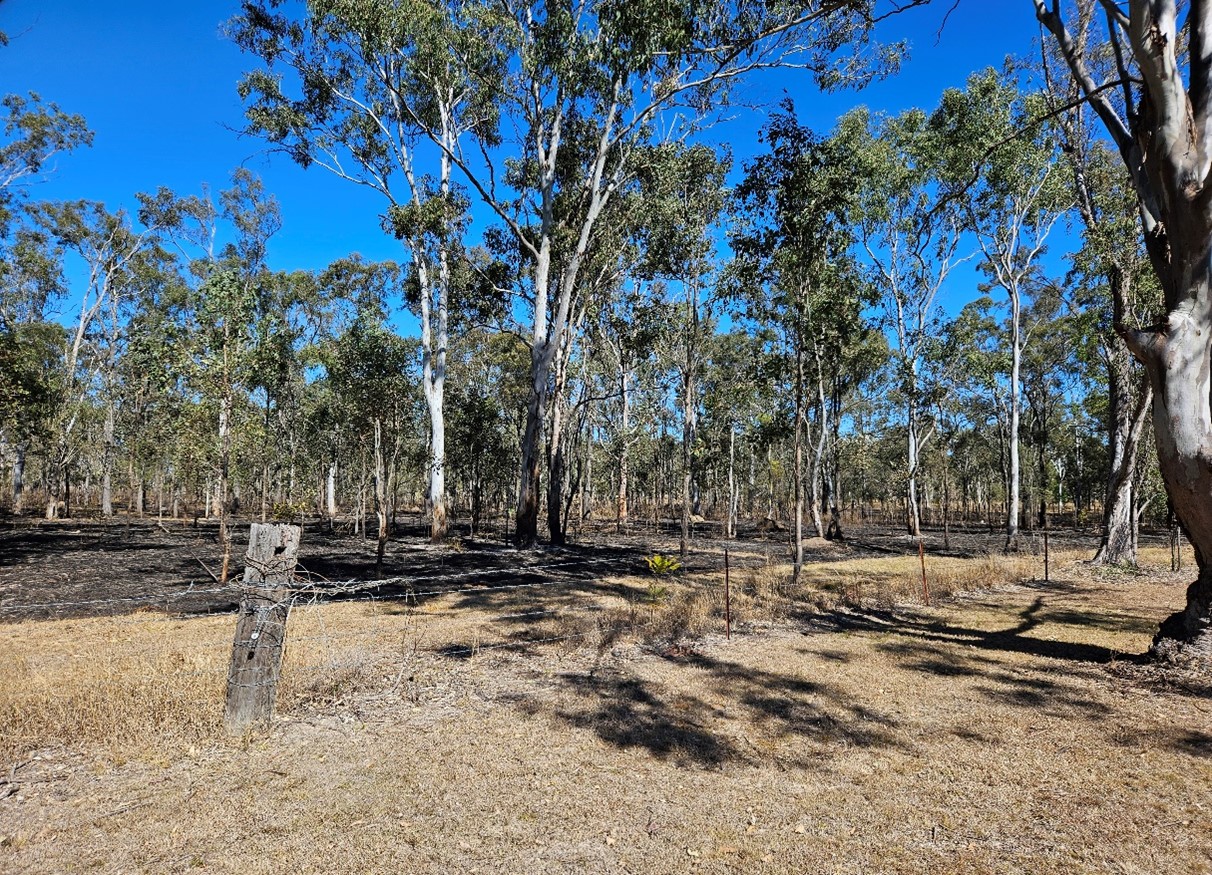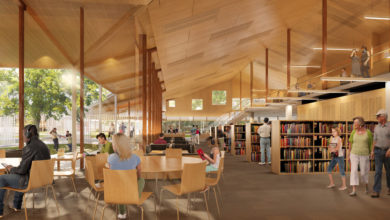The crackling sound of dry grass under foot, the lingering smell of ashes, the openness of the understorey, and the first signs of the bush coming back to life with fresh green grass growth and post-fire flowering.
There is something tranquil and almost poetically Australian about a eucalyptus forest after a burn.
This can be seen in the outcome of an ecological burn on an Ipswich Land for Wildlife property at Thagoona.
After joining Land for Wildlife, Ann and Kent wasted no time in getting to work on their 10-hectare property with assistance and guidance from council’s program officers, the Free Plant Program and the Nature Conservation Grants.
In the first year of their LFW partnership, they planted more than 600 plants, attended 3 workshops and received a Nature Conservation grant for an ecological burn on their property.
The ecological burn was undertaken by Fireland Consultancy who were engaged by the landholders.
We were motivated to undertake this burn after the site visits from council officers and joint development of our property management plan. The burn was prioritised to reduce the risk of wildfire (which is potentially quite timely with ever-increasing talk of possible return of the El Nino weather pattern), weed eradication and promotion of native species regrowth which in turn hopefully encourages development of koala habitation.

A week before the ecological burn
Situated in Thagoona (west of the Ipswich CBD) the area consists of vegetation that is best described as Regional Ecosystem 12.9-10.3 Eucalyptus moluccana open forest on sedimentary rocks. The fire management guideline recommends a low to moderate fire intensity with soil moisture and a spot ignition strategy between late Summer through to Winter, with 4-25 years interval.
An ecological burn is undertaken to achieve ecologically beneficial outcomes, including weed management, promoting native species’ germination, reducing fuel load, improving plant health, and improving habitat quality and biodiversity. To keep the burn intensity low, it is generally done during the cooler months, and when there is sufficient soil moisture.
In preparation for the burn, Ann had mowed access tracks throughout her agreement area. These tracks effectively acted as a fire break, which allowed the burn to be undertaken in a mosaic-style pattern across the landscape. Both Ann and Kent were extremely pleased with the way the contractors handled the burn – from pre-burn preparation and communication, during the burn, and post-burn monitoring. They considered the entire process was seamlessly undertaken with professionalism and expertise.
Areas that have previously been dominated by Lantana (Lantana camara), Asparagus fern (Asparagus africanus), and fleabane (Conyza bonariensis) were effectively reduced to burnt stumps. A small number of weed species such as yellow oleander (Cascabela thevetia), cadaghi (Corymbia torelliana), and Racehorse tree (Tipuana tipu) were retained after the fires. Ann was enthusiastic in her goal to target these weeds with herbicide now that access is improved across the property, and that the biomass of the weeds was significantly reduced.
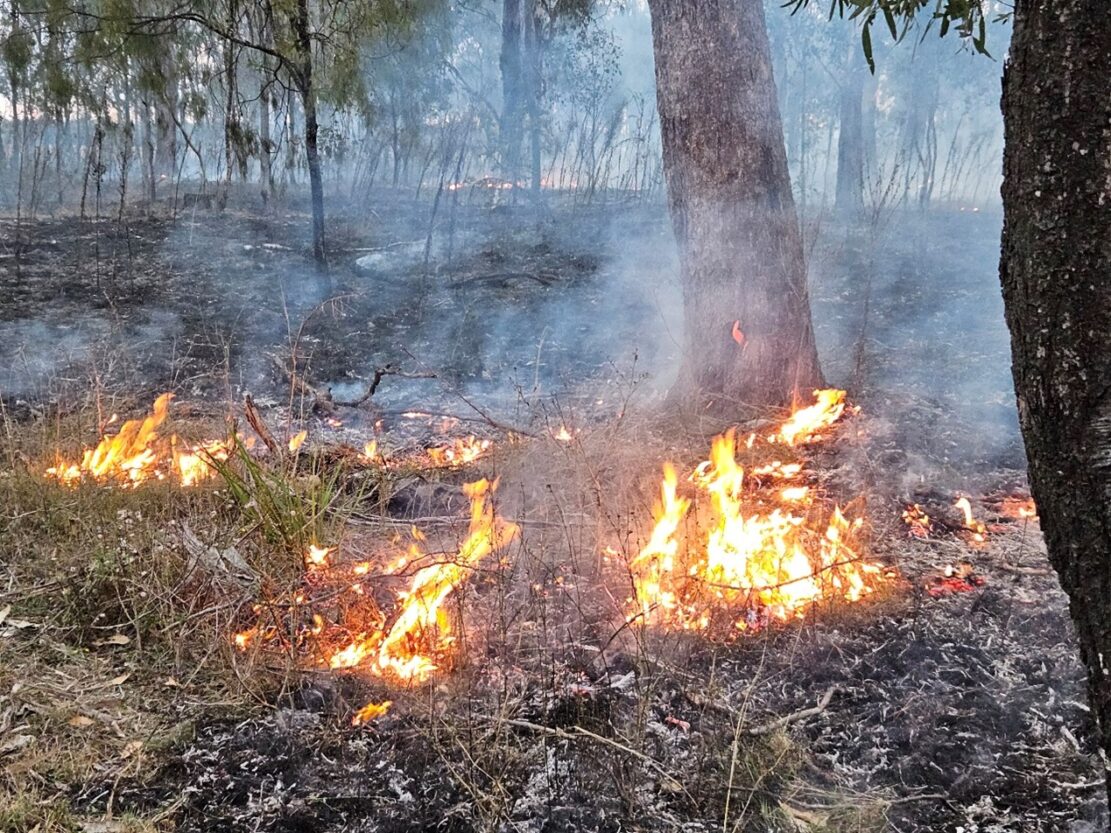
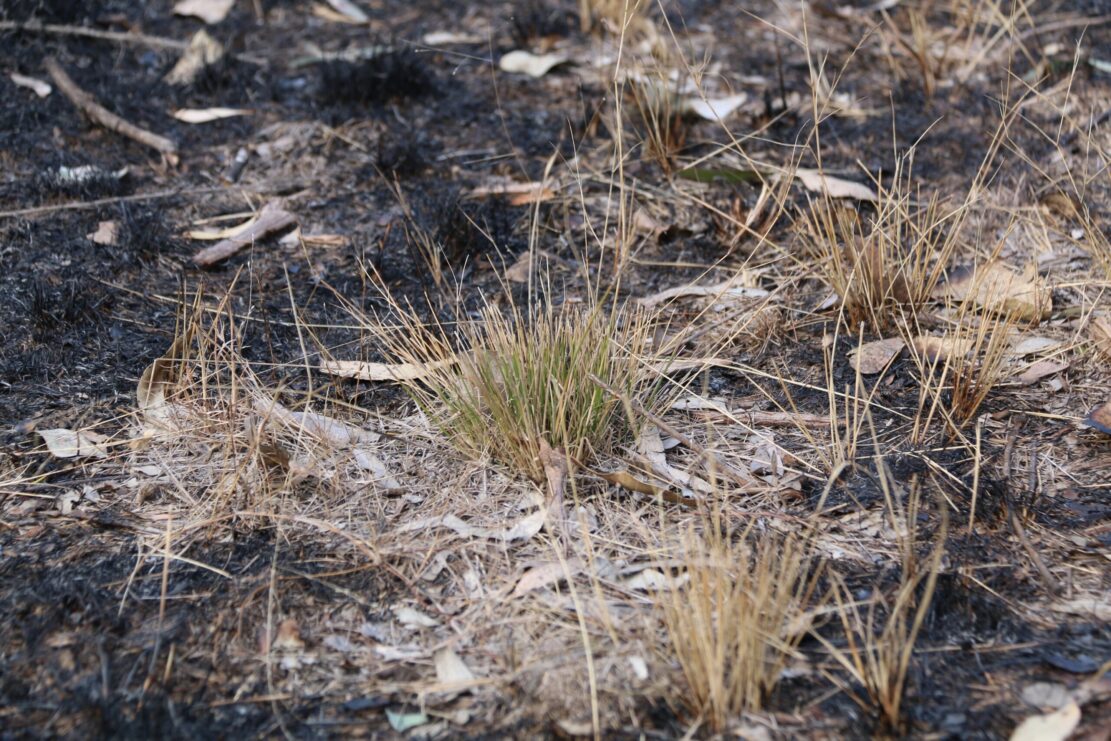
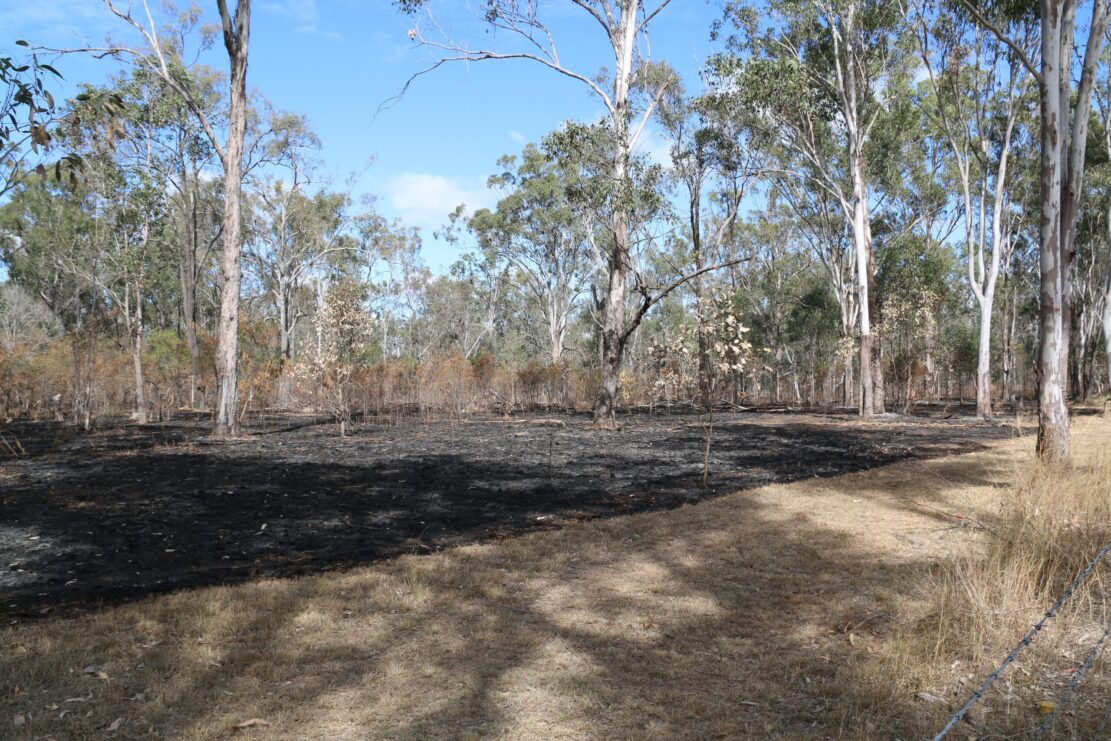
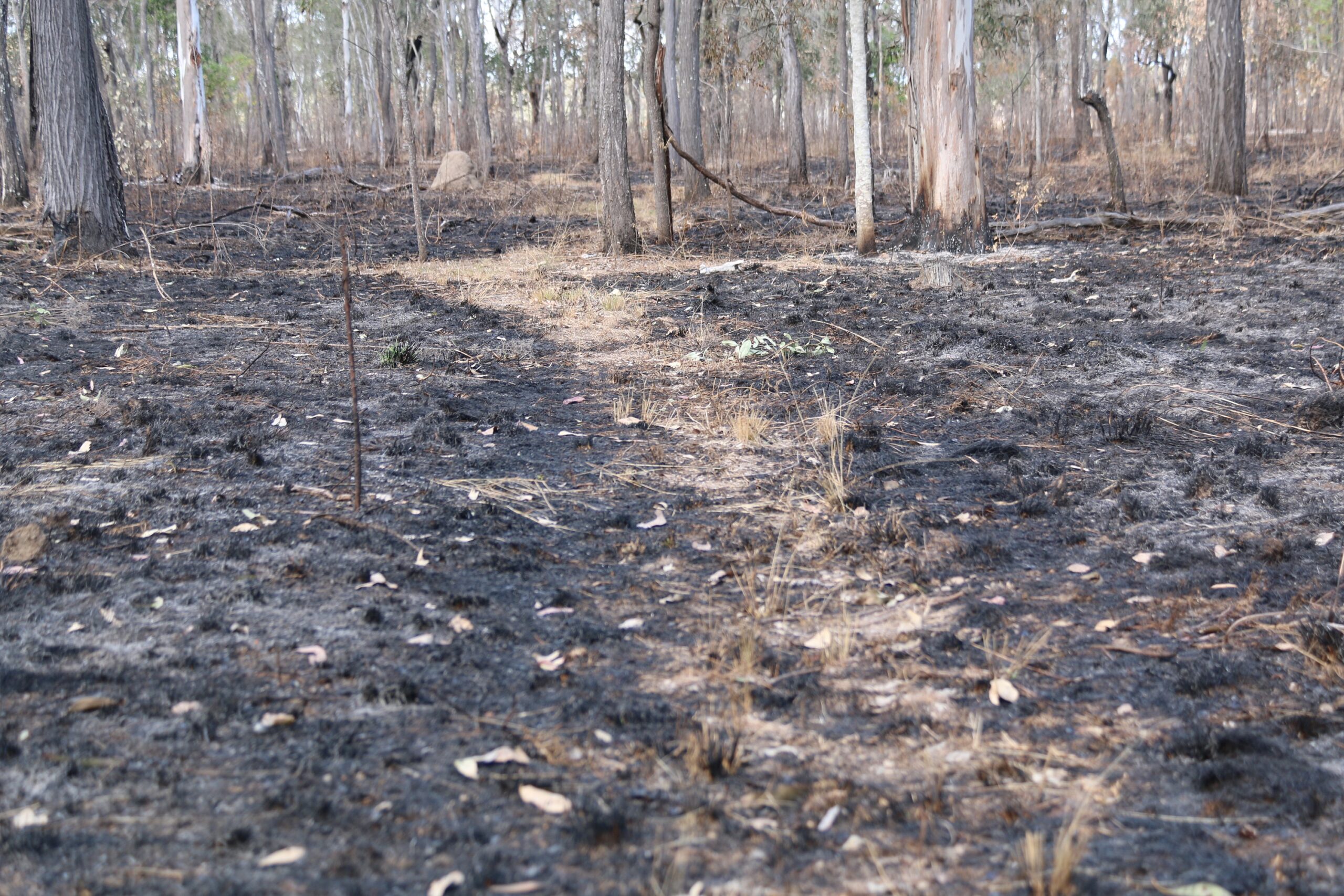
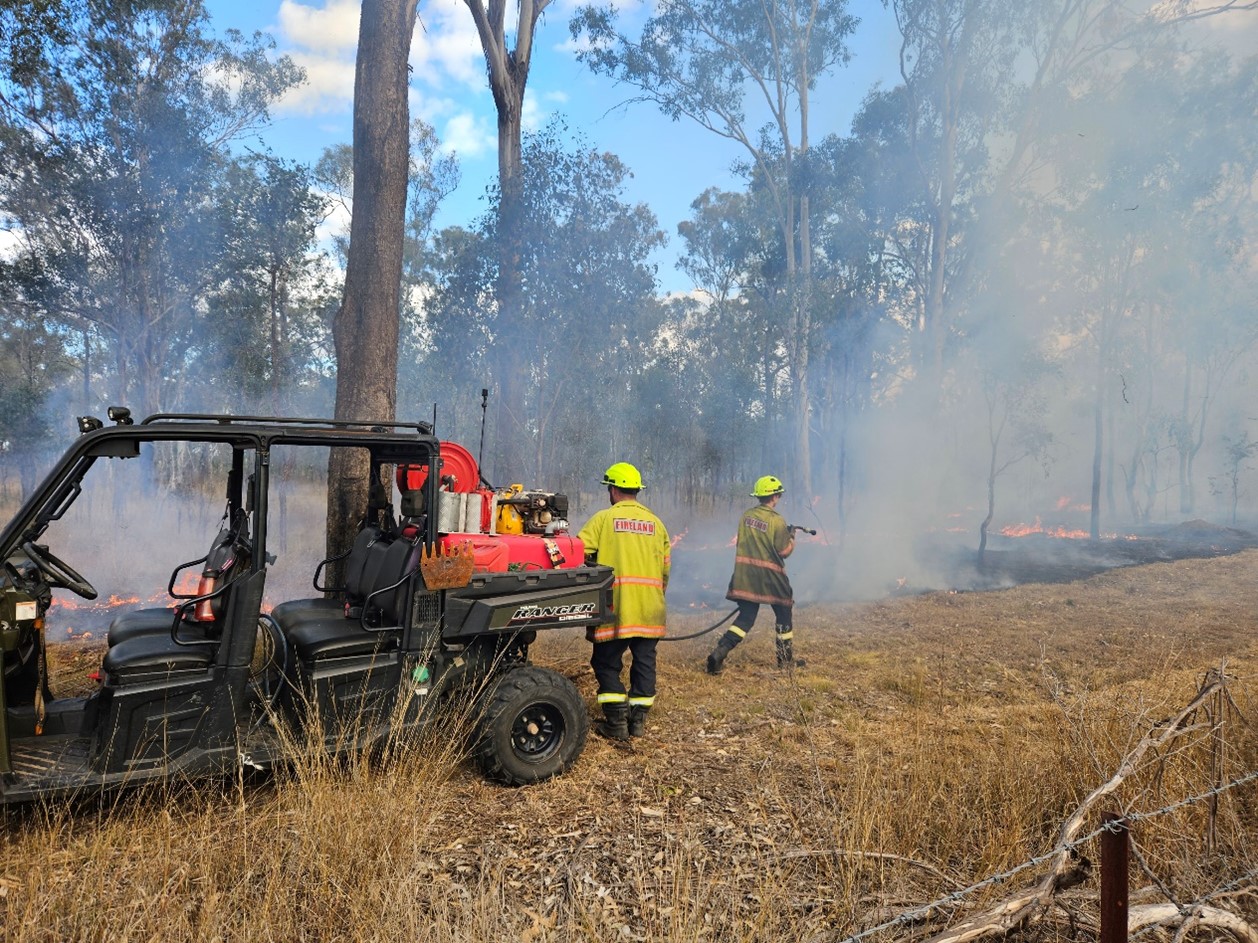
Adjacent to the burn area is Ann and Kent’s revegetation area, which has also been an impressive ecological feat.
We have been gradually enlarging areas of planting to meet agreed outcomes in our conservation management plan. We are really enjoying the transition from bare/cleared ground to seeing new seedlings and young trees grow quickly, filling out and forming beautiful new growth spaces.
Ann is someone who puts her blood, sweat and tears into her revegetation efforts. She isn’t one to simply put plants in the ground with hopeful intentions.
First Ann will grow her tube stock on over a couple of months. Once the plants are ready to go in the ground, she will use an auger to dig holes approximately 30cm deep x 20cm in diameter. Ann will prep the holes with native fertiliser mix and water crystals, and will fill each hole with water in preparation for the planting. It is only once all water has been absorbed by the soil that she will then place the trees into the ground. Once in the ground, Ann will tend to these plants with exceptional dedication, with regular hand watering, weeding and care, which takes an extraordinary number of hours during the establishment period.
Ann isn’t planning on stopping here either.
Our plan is to continue a heavy tree planting regime, expanding our new growth forest footprint and hopefully encourage native wildlife to grow in numbers within a safe environment.
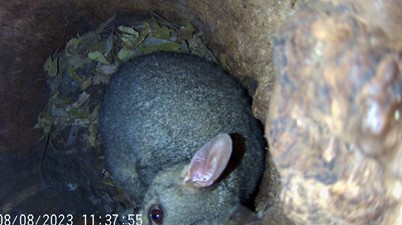
Inspection of hollows quickly showed us that what appeared to be a desolate landscape is harbouring arboreal mammals such as the brush-tailed possum.
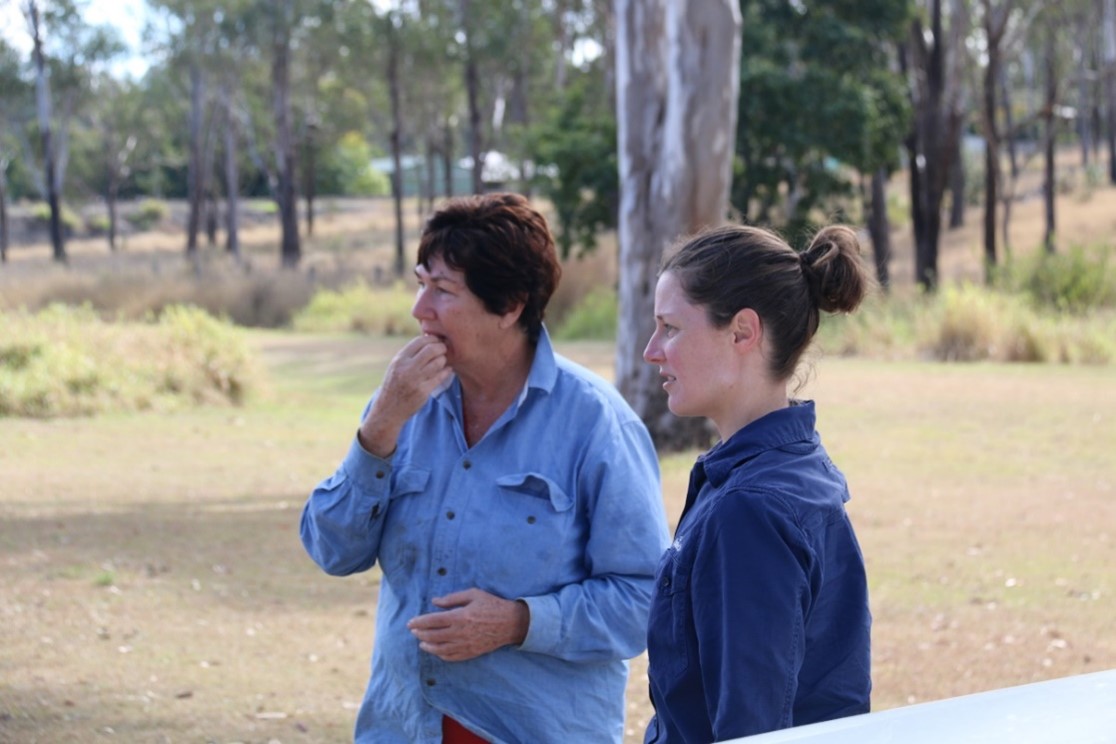
Inspecting a new landscape
It is clear that Kent and Ann have a true, deep, genuine love for nature, which gets them up and into their backyard each day.
Ann reminisced about the joys of bush regeneration in their backyard.
The rewarding and simple joy in creating the space, enjoying the serenity at the end of a day, discovering a new tree blossom and noticing the increase in birdlife is what makes this journey worthwhile.
If this is what Ann and Kent can achieve in one year, we are beyond thrilled to see how their property will look in the coming years.

